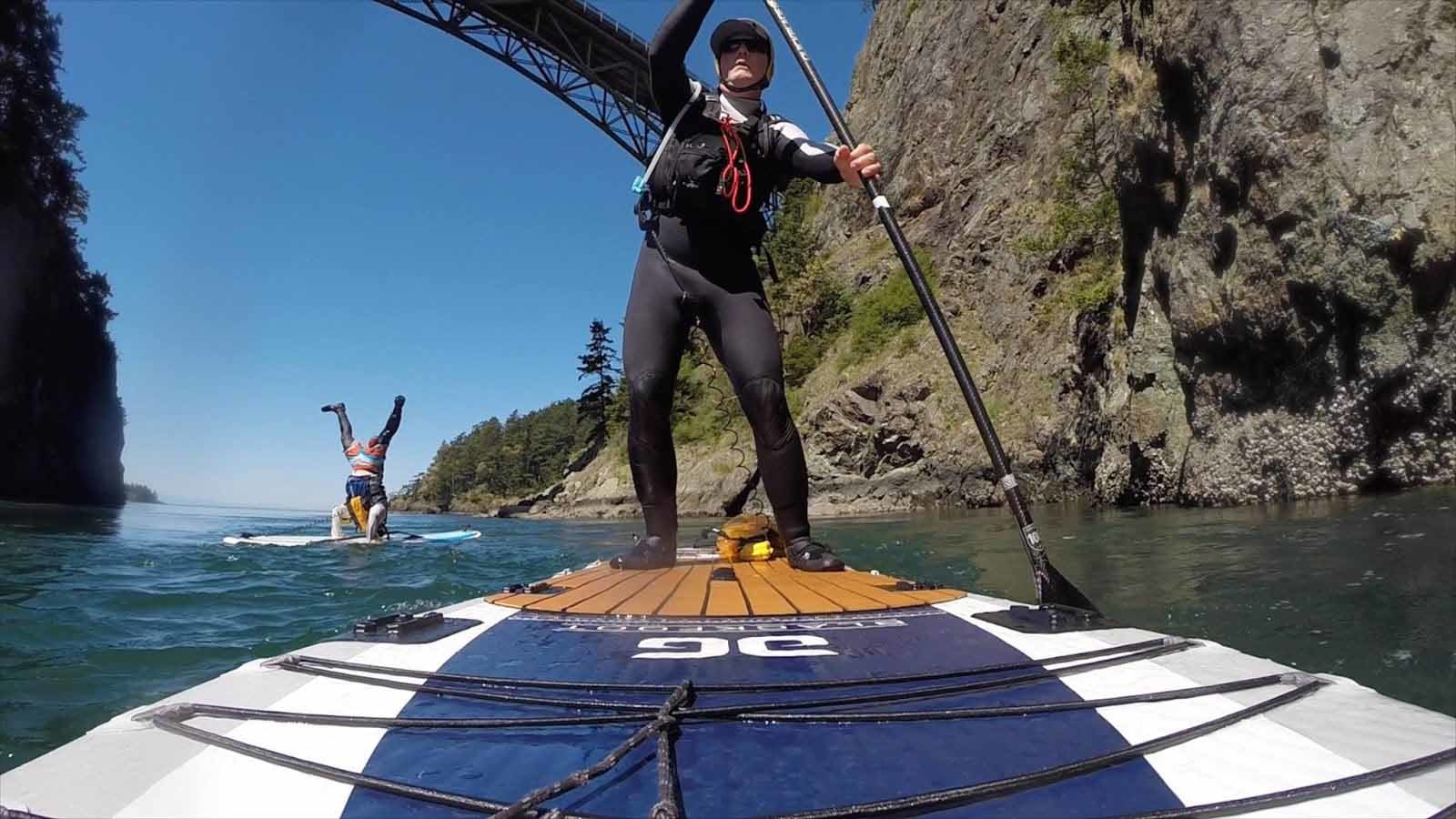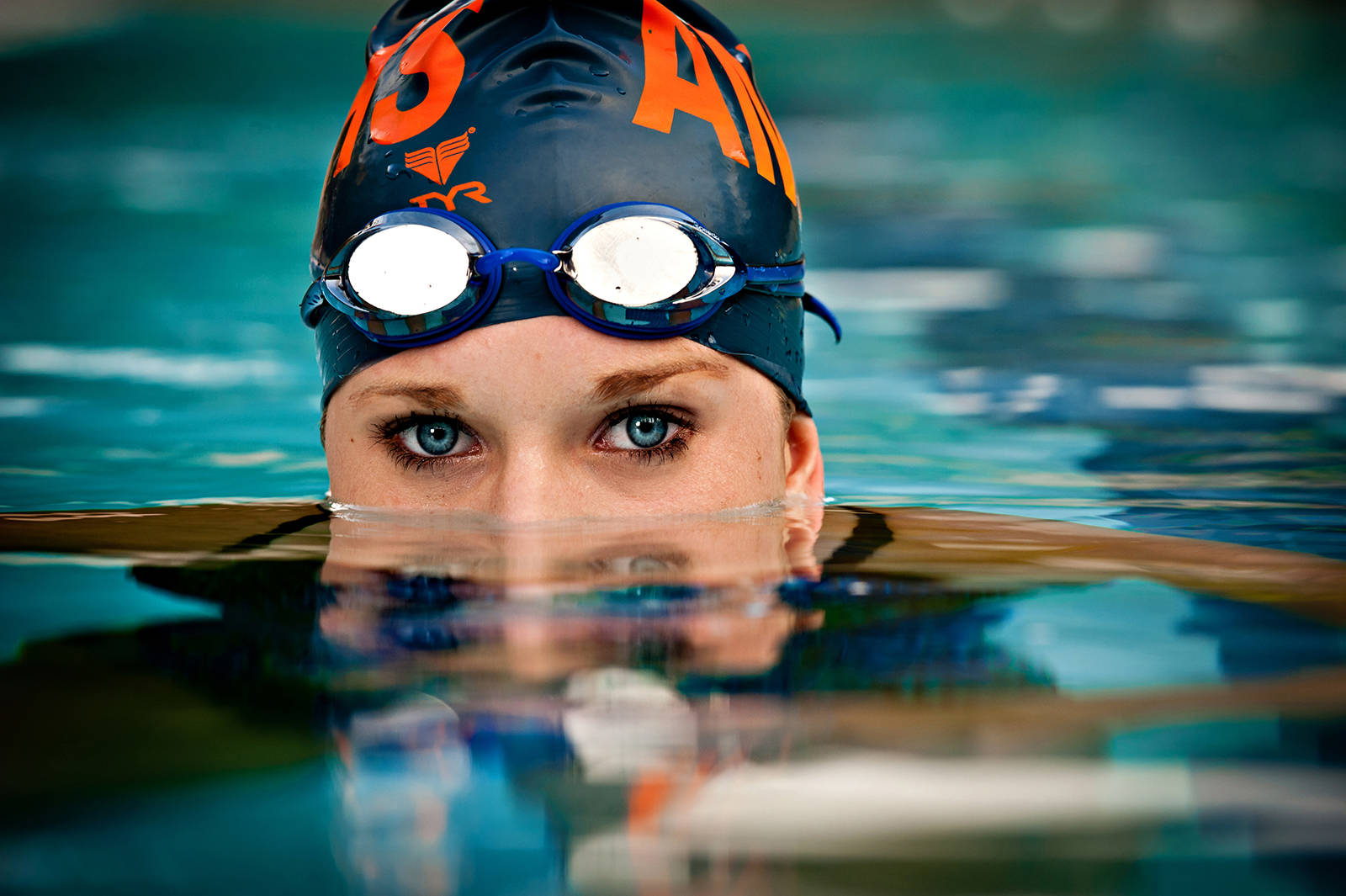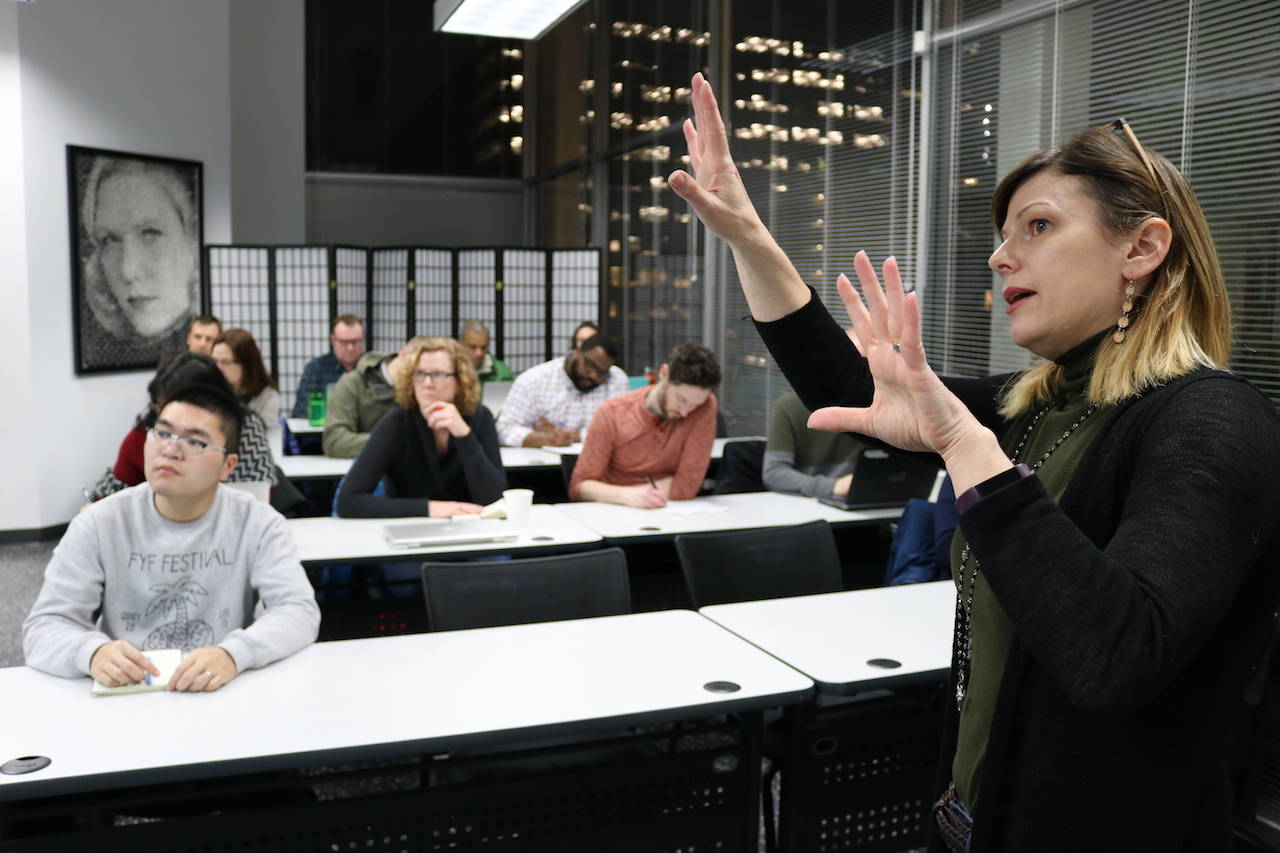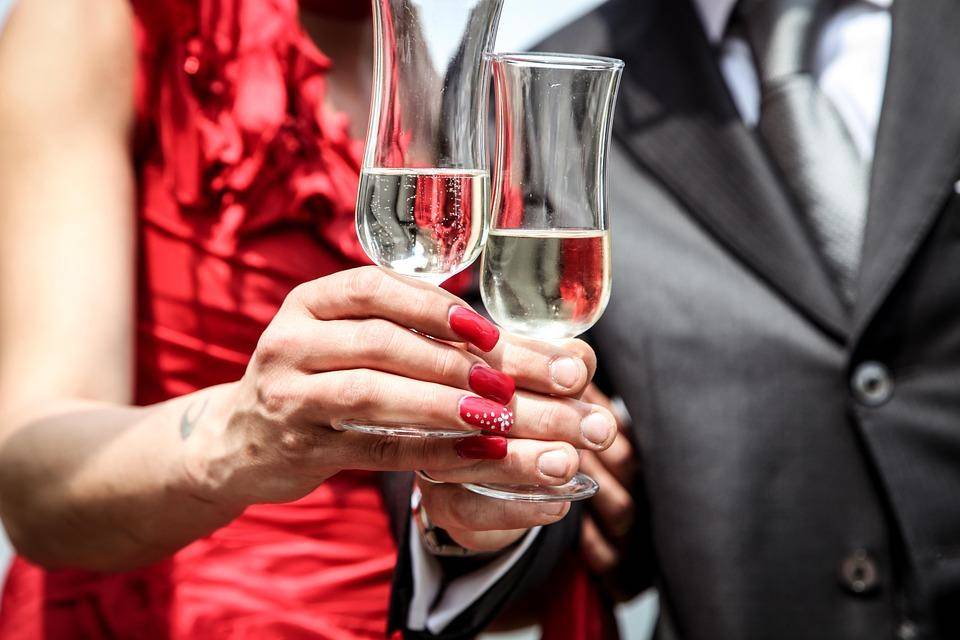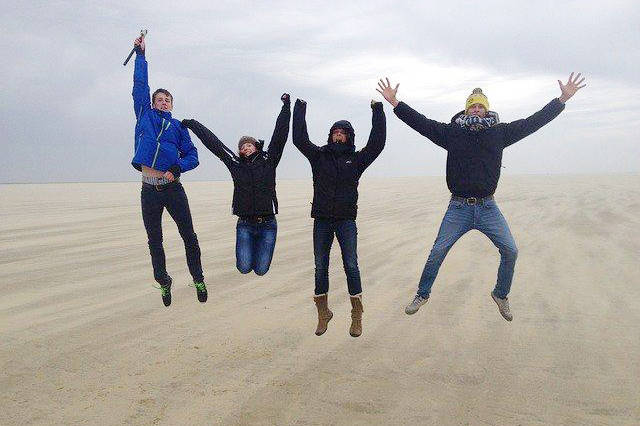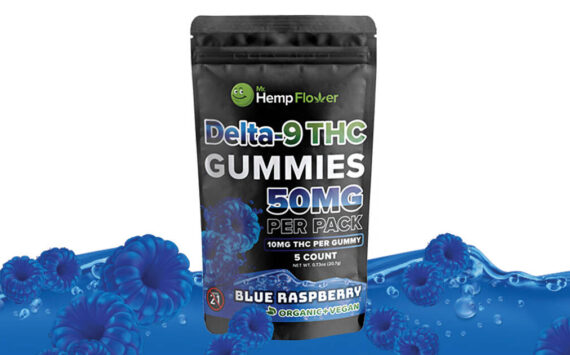Getting wet is nothing new for Rob Casey. But the founder of Salmon Bay Paddle knows it is one of the biggest barriers for those new to stand-up paddleboarding.
“We recently started getting everyone wet before they got on the board, so they’re not worrying the whole time about falling,” he says. “We teach them how to fall safely, so they don’t hit their head. Then we’ll have people, by the end of the lesson, walking to the back of the board popping the nose up and doing 360’s. They learn three different ways to climb back on the board, do more 360’s, fall in again, and now their skills are 50 to 60 percent higher than if they tried to do it themselves.”
Casey did have to do it himself. He began kayaking in 1999 and was leading guided tours when stand-up paddleboarding (or SUP for short) came to Seattle around 2006, more in a trickle than a wave. By 2009 REI had jumped on the bandwagon, bringing SUP to the forefront, and a demand for classes along with it. By that point, Casey and a small contingent in Ballard had taught the form to themselves through trial and error. He was prepared to teach others how to paddle and, perhaps more important, fall.
“We embrace falling. If you’re not falling, you’re not having a good time,” Casey insists. “If you don’t fall, you can’t climb back on the board.”
A few controlled falls may make all the difference between a Sunday jaunt and a catastrophe, between a quick recovery and an embarrassing swim back to shore. Casey knows; he’s had his share of falls. But at Salmon Bay Paddle, Casey fights fear with familiarity. Often before they hit the water, students convince themselves that their balance is off, they’re not strong swimmers, or even that the board won’t hold them. He’s heard it all before, often three times in the same day. Casey meets these concerns with the preparation of an Eagle Scout and a devil-may-care attitude that puts everyone at ease.
“If I get someone that sounds nervous on the phone, I’ll bring them a bigger board than needed for their particular height and weight, so they’re standing up, no problem,” he says. “We even carry larger boards on the water in case that doesn’t work out. Last summer we had someone 405 pounds, a former L.A. Raiders linebacker, arthritic on top of that. We found a huge board for him, got him up, and he did fine. And we took him through Deception Pass after that. So that fear goes away pretty quickly.”
Standing up is only the beginning. Seattle’s shipping channels make it the perfect place for thrill-seekers like Casey to use paddleboarding as a substitute for surfing. Once a student has got her sea legs, Casey looks out for wakes from container ships, swells, and other ways to test the boundaries. “It’s not always the size of the wave, so long as you’re catching the ride,” he muses, remembering a lady in her 60s who for four straight hours was “hooting and hollering all the way to shore.”
Of course, there are also benefits to just taking in your surroundings. “You can stand up on the board and look down, see all the fish swimming around you,” Casey says. “We have harbor seals swimming with us in two feet of water. The little benefits like that make me want to keep going.”
Find Salmon Bay Paddle classes at Connect2Classes.com.
